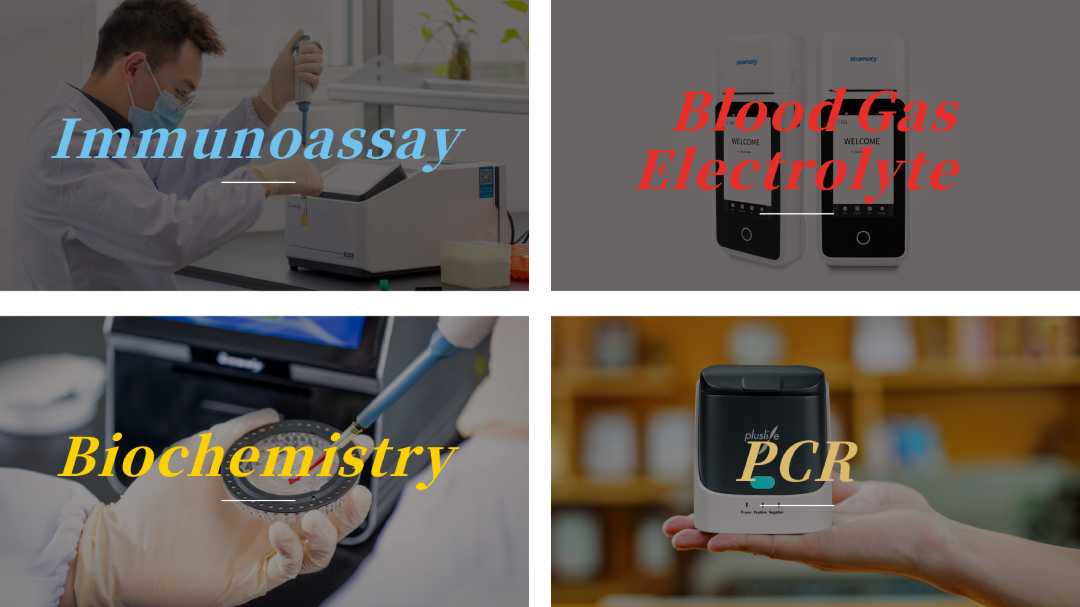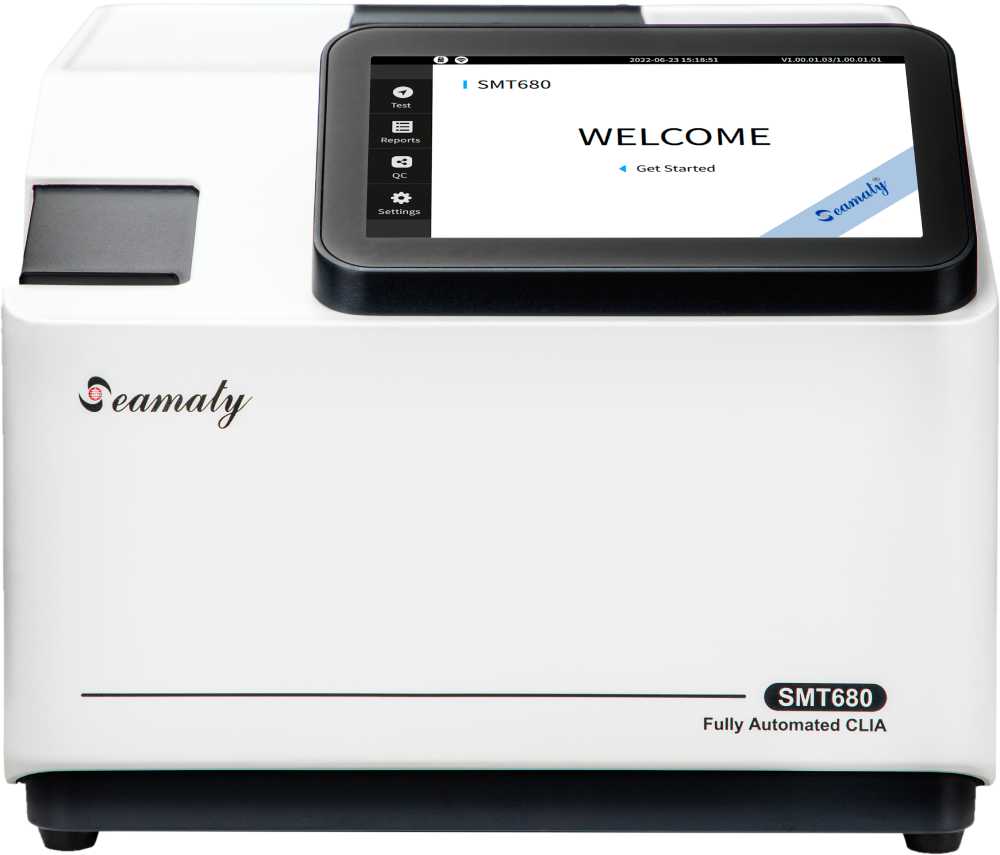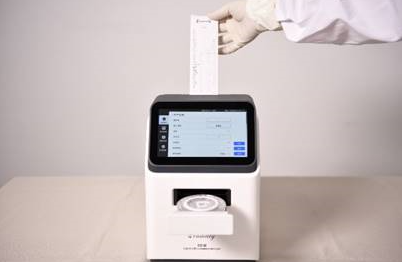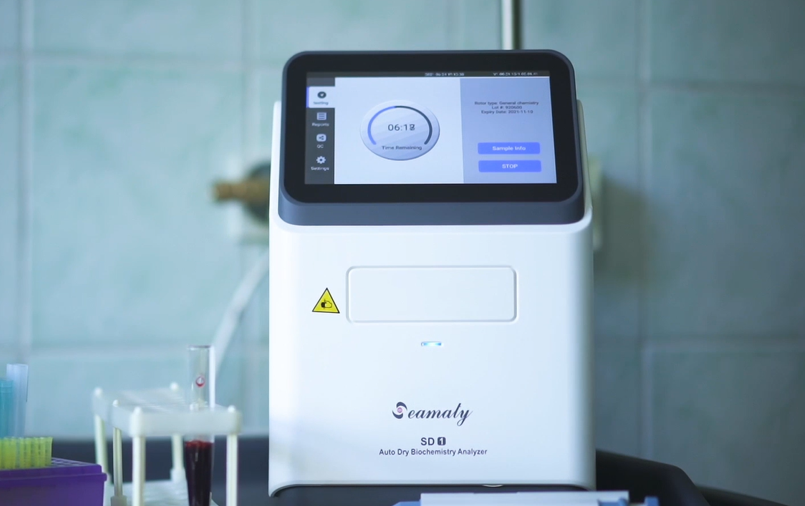release time:2022-09-27 15:39:30


The technology platform integrates the three core technologies of glass capillary coating, micro-antigen antibody labeling and chemiluminescence detection. The capillary tube with 0.7mm inner diameter, 1.2mm outer diameter and 25mm length is the highlight of the platform. The capillary tube is coated with the participating antigen or antibody and is the "reaction chamber" of the whole reaction system. At the same time, it is the device that controls the precise addition of the sample. At the same time, the capillary uses a tree-structured amination iteration technique for the amination process.
The amino groups available for antibody attachment in the capillary are multiplied to ensure that there are enough antibodies in the capillary for the reaction. The number of amino groups available for antibody attachment within the capillary is multiplied. This ensures that there are enough antibodies in the capillary to carry out the reaction. Both the sensitivity of the assay is improved and the signal value is enhanced. This ensures that stable results can be obtained even with very small blood samples. The application of this technology can achieve the perfect combination of the high throughput and accuracy of large chemiluminescence and the low cost, maintenance-free, and convenient ease of use of POCT.

2022-05-31
Point⁃of⁃Care Testing (POCT) is a test that is performed at the site of sampling and uses a portable analytical instrument and accompanying reagents to obtain rapid results. The earliest reported use of POCT dates back to a papyrus document from 1550 BC. This document describes the use of ants by Egyptian physicians to determine if a patient has diabetes.

2022-04-24
Biochemistry lab instruments have many instruments and equipment, the main equipment Spectrophotometer, ELISA Reader, Electrophoresis, Auto analyzer, Immunoassay auto analyzer, Flame Photo Meter, ABG analyzer,Semi-Autoanalyser, Electrolyte analyzer, ISE Electrolyte analyzer, HPLC,Nephelometer, etc.

2021-11-17
In addition to physical exams, Blood test, Thyroid panel, Heartworm antigen test, FeLV/FIV test, Fecal exam, X-ray, etc., veterinarians perform skin, eye, ear and Fine needle aspiration exams when diagnosing pets. These can also help the veterinarian to determine the condition of the pet.